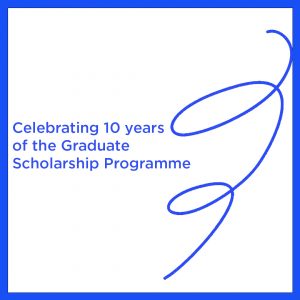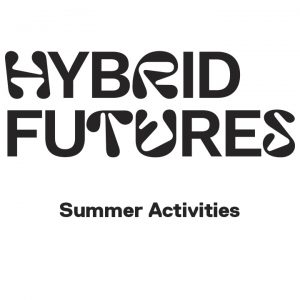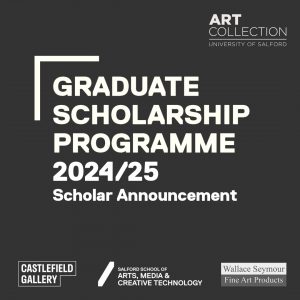
Exhibition Preview – Steph Huang: There is nothing old under the sun
Our partners at esea contemporary are holding an exhibition preview for Steph Huang's There is nothing old under the sun, featuring a new co-commission with the University of Salford Art Collection. We hope you can come!







